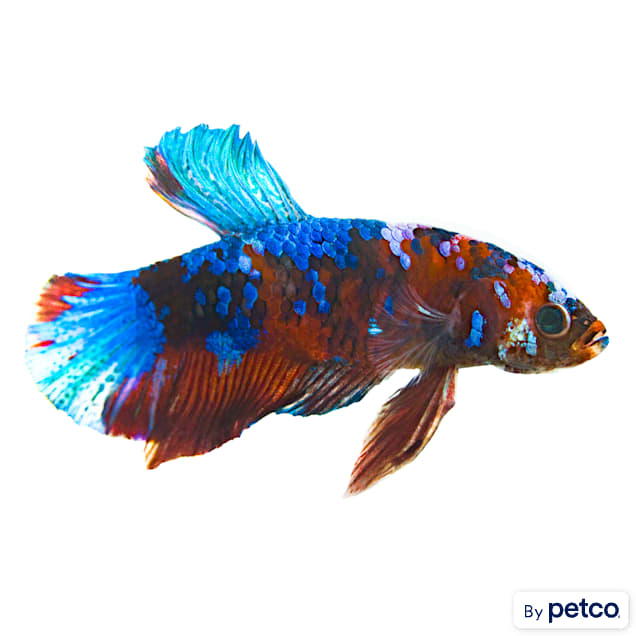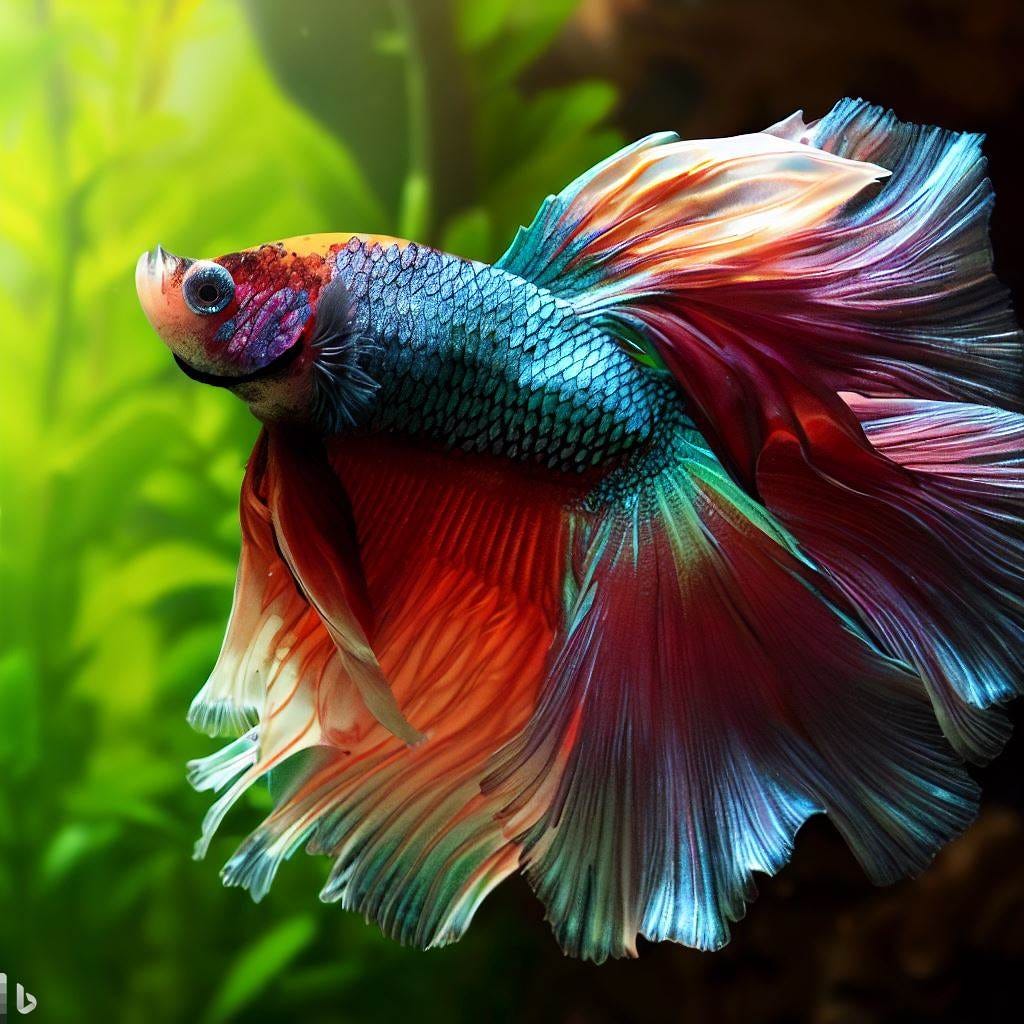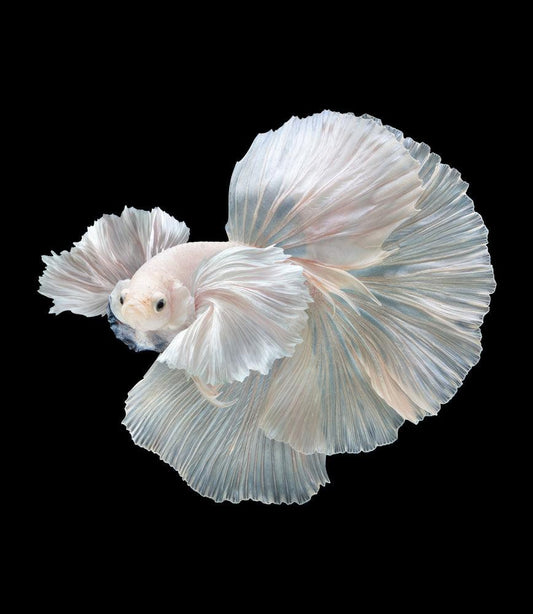Betta Fish Treatment: Important Tips for a Healthy And Balanced and Delighted Pet
Betta Fish Treatment: Important Tips for a Healthy And Balanced and Delighted Pet
Blog Article
Reproducing Betta Fish: a Comprehensive Step-By-Step Overview to Successfully Raising Baby Bettas From Eggs to The Adult Years
Breeding Betta fish is a meticulous endeavor that calls for careful planning and implementation to make sure the successful growth of fry from eggs to mature fish. As the male Betta faithfully constructs a bubble nest and guards the valuable eggs, the subsequent stages of care and transition need interest to information and knowledge of best methods.

Selecting Breeding Pairs
When starting the journey of reproducing Betta fish, selecting the appropriate breeding sets is essential to accomplishing desirable attributes and a healthy lineage - betta fish. The first step in this process is to identify the certain characteristics you want to boost or protect, such as shade, fin kind, and physique. It is vital to select genetically varied pairs to stay clear of inbreeding, which can lead to health and wellness issues and unfavorable characteristics
Review potential breeding candidates thoroughly. A healthy male Betta should exhibit vivid shades, an active demeanor, and well-formed fins, while the lady needs to likewise display dynamic coloration and a rounded stomach, showing preparedness for spawning. Observing the temperament of both fish is vital, as hostile or extremely shy people might not breed effectively.
Maintaining documents of the moms and dad fish's origins can assist you track hereditary characteristics and possible concerns. Ultimately, spending time in the option procedure will substantially enhance the chance of producing strong, vibrant children that meet your reproduction objectives.

Preparing the Breeding Storage Tank
Producing an optimum breeding setting is a vital action after picking ideal sets for Betta fish. The reproduction container should be specifically developed to provide convenience and boost the all-natural reproduction actions of the fish. Begin with a container size of a minimum of 10 gallons to make sure ample space for both the male and women Bettas.
Preserve a mild filtering system to keep the water clean while avoiding strong currents that can stress the fish. In addition, an air stone can be included in give oxygenation without interfering with the water surface area as well much.
Temperature policy is critical; goal for a stable variety of 78-82 ° F(25-28 ° C) making use of a dependable heater. The pH degree should be maintained between 6.5 and 7.5, and routine water adjustments are essential to make certain high water quality.
Integrate drifting plants or generating mops to create concealing areas for the female, while likewise motivating bubble nest building by the male - betta fish. Guarantee the storage tank is free from sharp decorations and any potential threats, as the welfare of the fish must constantly be prioritized throughout this critical phase of reproduction.
The Reproduction Refine
Usually, the the original source reproducing process for Betta fish involves a series of distinct and observable habits that show preparedness for recreation. The male Betta begins by developing a bubble nest at the water's surface area, which serves as a site for the fertilized eggs. This nest is vital, as it provides a safe environment for the eggs until they hatch.
When the nest is developed, the man will certainly show courtship habits, such as flaring his fins and showing vibrant shades to draw in the lady. The woman, upon noticing the male's readiness, will react by presenting upright stripes along her body, signaling her receptiveness.
When the female strategies, the male involves in a breeding dancing, frequently causing a welcome called the "spawning." During this accept, the woman releases her eggs, which the male feeds instantly. The fertilized eggs then Go Here are up to the bubble nest, where the male very carefully collects and returns them to the nest. Following this, the male assumes obligation for protecting the nest and guaranteeing the safety and security of the eggs up until they hatch out, typically within 24-36 hours. This phase is important in the breeding process, laying the foundation for effective fry development.
Taking Care Of Betta Fry
Looking after Betta fry requires cautious attention to their environment and nutrition to guarantee healthy growth and development. After hatching, Betta fry are extremely tiny and vulnerable, demanding a secure and clean habitat. Maintaining a water temperature in between 78 ° F and 80 ° F is critical, as Betta fry thrive in warm conditions. Furthermore, guarantee that the water is totally free of harmful toxic substances; routine water adjustments of 10-20% are suggested to keep optimal water high quality.
Feeding Betta fry is equally essential. At first, they must be offered infusoria or finely crushed premium fry food, as their mouths are too little to take care of larger particles. As they grow, you can slowly introduce bigger foods, such as infant brine shrimp or powdered flakes, to ensure they obtain adequate nourishment. Feed them percentages numerous times a day, bewaring not to overfeed, which can result in water high quality concerns.
Transitioning to Adult Bettas
As Betta fry fully grown, transitioning them to adult Bettas is a crucial stage that calls for cautious monitoring of their environment and social interactions. This process commonly starts when the fry get to around six weeks old, at which factor they can be gradually presented to a much more organized living environment.
To facilitate this change, it is important to guarantee that the water specifications-- such as temperature, pH, and ammonia degrees-- are optimal and secure. Adult Betta fish grow in cozy water (around 78-80 ° F) with a pH of 6.5 to 7.5. Slowly adapt the fry to these problems to lessen stress and anxiety.
Social communications are one more crucial variable; male Bettas are infamously territorial and aggressive. It is a good idea to separate males right into private containers as they develop. Women Bettas can be housed with each other, however treatment Continued must be taken to monitor for indications of hostility.
Furthermore, dietary adjustments should be made as the fry expand. Integrate high-grade pellets and live foods to sustain their development and wellness. By handling these aspects properly, you can advertise an effective change to adulthood for your Betta fish.

Verdict
Successful breeding of Betta fish requires mindful interest to information throughout the entire process, from picking genetically diverse sets to providing ideal care for fry. Furthermore, a well balanced diet plan and steady adjustment to grown-up atmospheres are important for the development and advancement of Betta fish.
Report this page